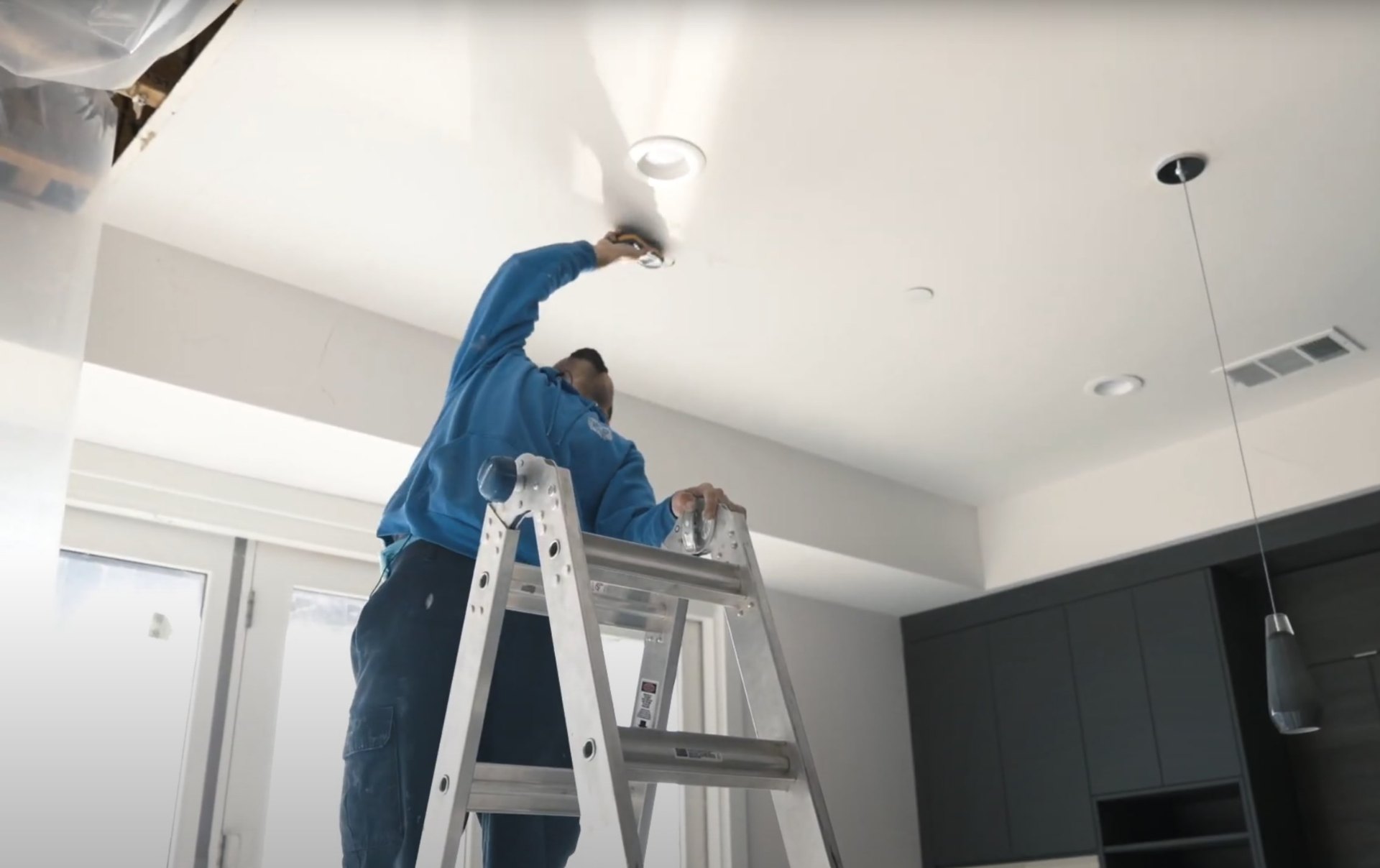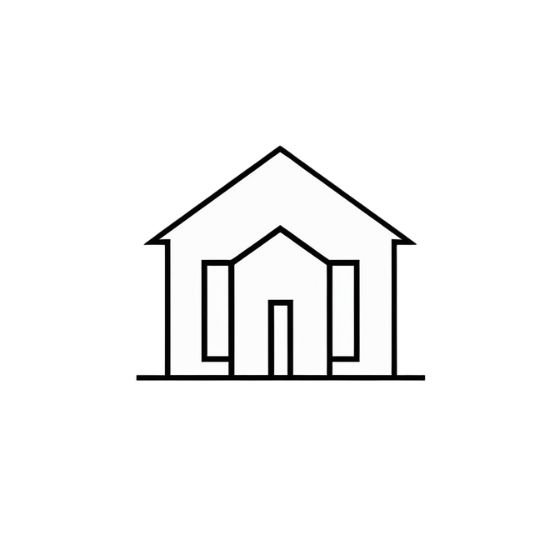
Expert Mold Remediation for Healthier Indoor Environments
Mold growth following water damage is a serious concern that requires immediate professional attention. In Friendswood's humid climate, mold can begin developing within 24-48 hours of water intrusion, making rapid response crucial for preventing extensive contamination. Our certified mold remediation specialists use advanced techniques and EPA-approved protocols to safely remove mold contamination and restore healthy indoor air quality to your property.
Professional mold remediation involves much more than simply cleaning visible mold growth. The process requires proper containment to prevent spore dispersal, specialized equipment for safe removal, and comprehensive treatment to eliminate hidden mold colonies. Mold spores are microscopic and can spread throughout a building's air system if not properly contained during removal. Studies show that improper mold removal can actually worsen contamination by releasing millions of additional spores into the environment.
Comprehensive Mold Assessment and Testing
Every mold remediation project begins with thorough assessment and testing to determine the extent of contamination and identify mold species present. We use moisture meters, thermal imaging cameras, and air sampling equipment to locate all affected areas, including hidden mold growth behind walls, under flooring, and in HVAC systems. This comprehensive evaluation allows us to develop a targeted remediation plan specific to your property's needs.
Air quality testing helps determine the concentration of mold spores in different areas of your property and identifies potentially harmful species such as Stachybotrys (black mold), Aspergillus, and Penicillium. This scientific approach ensures that our remediation efforts address all contaminated areas and provides baseline measurements for post-remediation verification testing.
Advanced Containment and Removal Techniques
Proper containment is critical to prevent mold spores from spreading to unaffected areas during removal. We establish containment barriers using heavy plastic sheeting and create negative air pressure using specialized air filtration devices equipped with HEPA filters. This controlled environment ensures that mold spores generated during removal are captured and filtered rather than dispersed throughout your property.
Our removal process follows strict protocols based on the extent of contamination. Small areas may require only surface cleaning with antimicrobial solutions, while extensive contamination may necessitate removal of affected materials such as drywall, insulation, or flooring. All contaminated materials are carefully bagged within the containment area and disposed of according to local regulations. Research indicates that professional containment reduces cross-contamination by over 95% compared to uncontrolled removal attempts.
HEPA Filtration and Air Scrubbing
Throughout the remediation process, we deploy commercial-grade air scrubbers equipped with HEPA filtration systems capable of capturing particles as small as 0.3 microns. These units run continuously during and after mold removal to clean the air and reduce spore concentrations. The air scrubbers also help accelerate the drying process, creating conditions unfavorable for future mold growth.
Post-remediation air quality testing confirms that spore levels have returned to normal background levels and that the remediation was successful. We provide detailed documentation of all testing results for your records and insurance purposes. This verification step is essential because visual inspection alone cannot determine if microscopic mold spores remain in the air.
Prevention Strategies and Moisture Control
Successful mold remediation must address the underlying moisture problem that allowed mold growth to occur. We identify and recommend solutions for moisture sources such as leaks, inadequate ventilation, or high humidity levels. This may include improving ventilation systems, installing dehumidifiers, or addressing building envelope issues that allow moisture intrusion.
We apply antimicrobial treatments to all affected surfaces to prevent future mold growth and provide recommendations for ongoing maintenance to keep your property mold-free. Regular monitoring of humidity levels and prompt attention to any water intrusion are key factors in preventing mold recurrence. Prevention is always more cost-effective than remediation - maintaining indoor humidity below 60% can reduce mold growth risk by up to 80%.
Don't compromise your family's health with DIY mold removal attempts. Professional mold remediation ensures safe, complete removal and provides peace of mind that your property is healthy and mold-free. Contact our certified mold specialists today for expert assessment and remediation services. For comprehensive information about preventing water damage and protecting your property, visit our main page to learn about the importance of immediate professional response.
Important Health Warning
Mold exposure can cause respiratory problems, allergic reactions, and other health issues. Never attempt to remove large areas of mold yourself. Professional remediation ensures safe removal and proper containment to protect your family's health.
Professional Testing
Comprehensive mold assessment and air quality testing to identify all contaminated areas.
Safe Containment
Advanced containment techniques prevent mold spores from spreading during removal.
HEPA Filtration
Commercial air scrubbers with HEPA filters capture microscopic mold spores.
Post-Treatment Verification
Air quality testing confirms successful remediation and safe occupancy levels.
